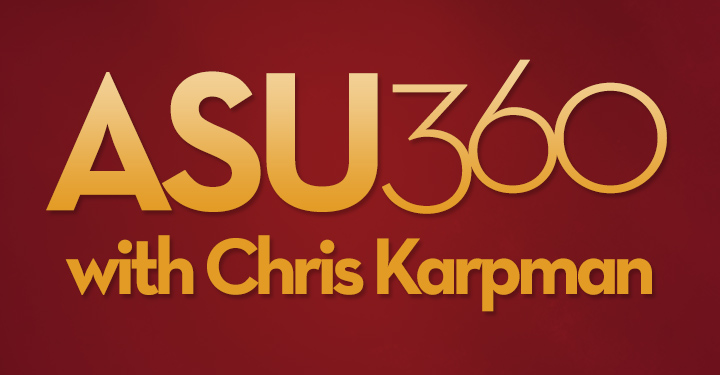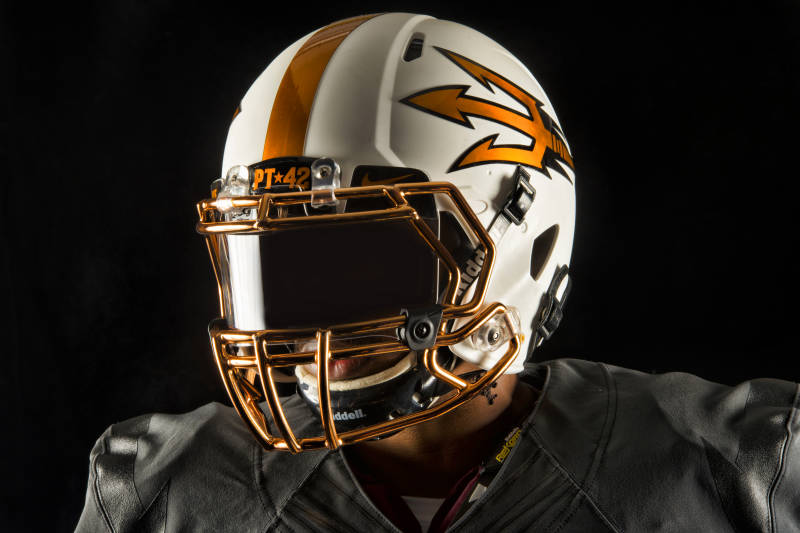In sports, the term game-changer is doubtlessly overused.
That’s not the case when it comes to nine-figure stadium overhauls, and certainly not ones in places like Arizona, where fans need every incentive possible to be sufficiently prodded to attend.
That’s why Arizona State’s pending Sun Devil Stadium reinvention is such a big deal for the program, especially now that it is adding a conjoined facilities building as part of the sweeping project.
Perception is everything and certainly the widespread local perception has hurt ASU over the years and been a significant headwind to overcoming its challenges.
It’s a classic chicken vs the egg conundrum. You need better talent and more success to sell more tickets but you need a better game day atmosphere and opinion of the program locally in order to acquire the talent that enables the success. The net effect is 35-plus years of Pac-10/12 play with two Rose Bowl appearances and 10-win seasons on average about once per decade.
Listen to the misguided rhetoric from ASU’s flagship radio partner. Its hosts, in explanation of why they give so little coverage of the Sun Devils compared with the Arizona Cardinals, have often cited the empty seats at Sun Devil Stadium as justification. They did so again this week, ahead of tonight’s game against UCLA, which is likely to draw a crowd of 62,000-65,000.
Sun Devil Stadium’s capacity has been decreased from 71,706 last season to 67,704 in 2014, the first phase of a four-year renovation project that will ultimately further reduce capacity to what was reported Wednesday to be approximately 58,000. University of Phoenix Stadium seats 63,400.
A sellout in recent years for Cardinals’ home games would have still left ASU with more than 8,000 empty seats. That’s what’s lost on the talking heads in their illogical conclusions. Over the last three seasons, the Cardinals have averaged just about 61,000 fans for their home games. Meanwhile, ASU has averaged about 59,500 in the same three seasons.
It’s hardly a significant difference. If the numbers were reversed, the talking heads probably would say the same thing regarding ASU. It’s misguided because if you put the Cardinals in Sun Devil Stadium and ASU in University of Phoenix Stadium, the perception would be the Sun Devils are a better draw even though the numbers wouldn’t bear it out. The empty seats are getting far more attention than the bodies, which is a blight to view on television and drain on game atmosphere, the net result being the false perception.
The big problem though isn’t that some radio show hosts feel this way, incorrectly. It’s that what they say advances the broader perception, and that many others come to the same conclusion when attending ASU games or watching them on television. Thousands of empty seats conveys a lack of interest. But nobody would say Oregon fans have a lack of interest because Autzen Stadium always sells out and it has a raucous atmosphere and that venue seats 54,000 fans, which is over 5,000 fewer than ASU has averaged the last few years.
It’s clear then, aside from all of the cosmetic and functional improvements of the stadium — and those are greatly significant as well — just lowering the stadium’s capacity creates a better perception that can be broadly capitalized on, and monetized, in the marketplace.
Then, when you add all the improved amenities and make the game day environment better — and let’s face it, the talk show jockeys aren’t hypothesizing on how many more fans ASU would draw at the much more fan friendly UoP or how many fewer Cardinals fans would go to games at archaic SDS, a reality that could make a huge difference in turnout — you’re likely to see fan experience and satisfaction improve measurably.
Throw in the impact this perception and real infrastructural improvement has on recruiting, and you’re looking at an entirely different perspective of ASU in the local community. It’s a ticket to be had, not one to debate about or release at a discount on the secondary market. When that happens, the terrestrial radio talk show perception changes to catch up with reality. If only its regressive business model could achieve the same. That’s a much tougher fix.
Related posts:
Chris Karpman
Publisher of ASUDevils.com, a Rivals.com site; creator of the Karp-o-meter; perpetually sardonic yet perennially optimistic.



